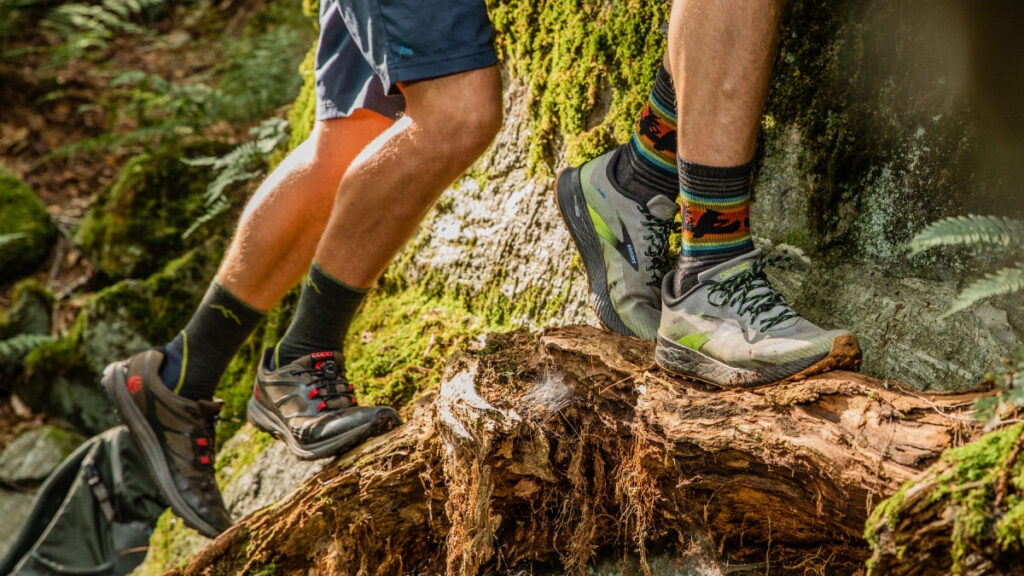When it comes to outdoor adventures, having the right gear is essential. One often overlooked gear item is hiking socks. The right pair of socks can mean the difference between a comfortable and enjoyable hike and a painful and blister-ridden experience. In this article, we will delve into the world of hiking socks, discussing how to choose the best ones for your needs and exploring the different materials available.
1. How to Choose :
a. Consider the Activity Level:
– For light hikes, thinner socks made from synthetic materials may be suitable.
– For longer and more intense hikes, thicker socks with extra cushioning and moisture-wicking properties are recommended.
b. Material:
– Merino Wool: Known for its excellent moisture-wicking and odor-resistant properties, merino wool socks are perfect for hiking in various conditions.
– CoolMax: These socks are designed specifically for hiking and outdoor activities, offering superior breathability and moisture management.
– Synthetic (Polyester, Nylon): Synthetic socks are known for their durability and fast-drying capabilities, making them great for multi-day hikes.
– Cotton: Avoid cotton socks for hiking as they tend to retain moisture, leading to blisters and discomfort.
c. Cushioning and Padding:
– Look for socks with extra padding in areas prone to blisters and impact, such as the heel and ball of the foot.
2.Material Comparison:
a. Merino Wool:
– Advantages: Excellent moisture-wicking, odor resistance, and temperature regulation.
– Disadvantages: Can be more expensive than synthetic options.
b. CoolMax:
– Advantages: Superior breathability, moisture management, and quick-drying properties.
– Disadvantages: May not be as warm in colder conditions compared to merino wool.
c. Synthetic (Polyester, Nylon):
– Advantages: Durable, quick-drying, and more affordable.
– Disadvantages: May not offer the same level of insulation and temperature regulation as merino wool.

3. Additional Considerations:
a. Fit:
– Ensure the socks have a snug fit to prevent rubbing and friction.
– Avoid socks that are too tight, as they can restrict circulation.
b. Height:
– Opt for either crew or knee-high socks depending on the terrain and personal preference.
c. Seams:
– Look for socks with flat or seamless toe seams to minimize friction and reduce the risk of blisters.
Choosing the right hiking socks is crucial for a comfortable and enjoyable trek. With a wide range of materials and features available, it’s important to consider the activity level, materials, cushioning, and overall fit. Invest in a quality pairs, and you’ll be well-equipped to conquer any trail with comfort and confidence.


